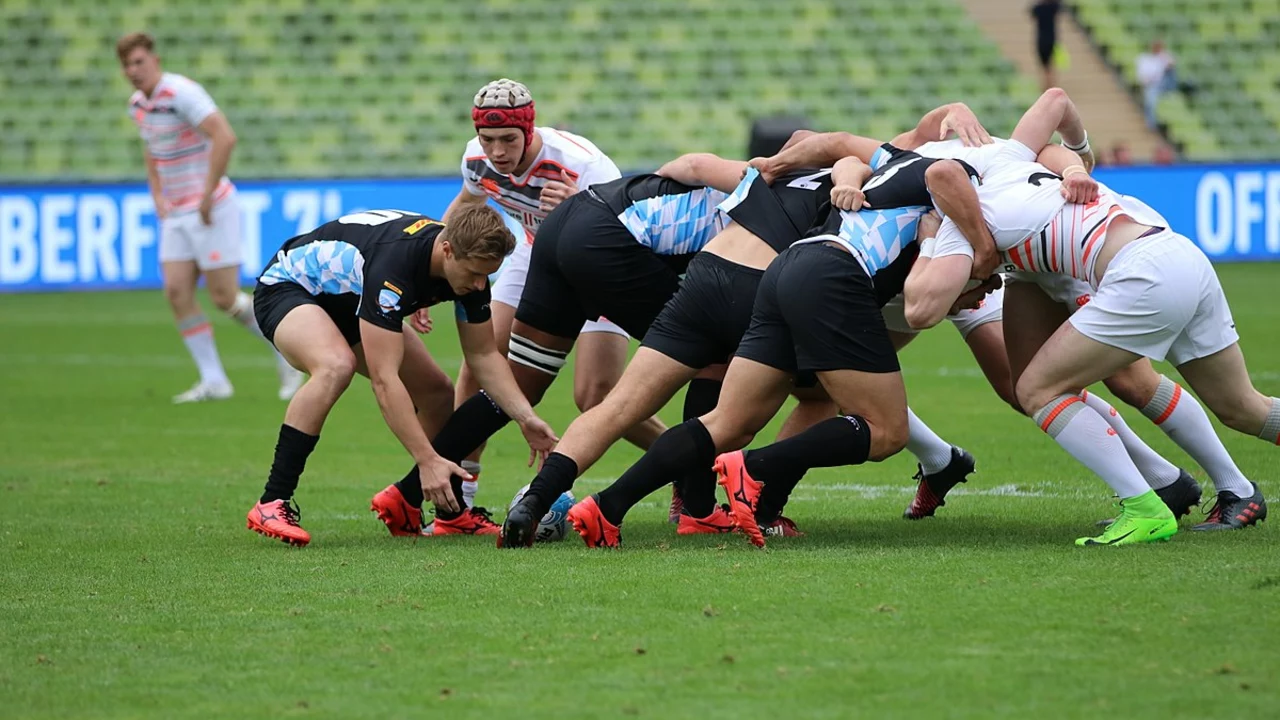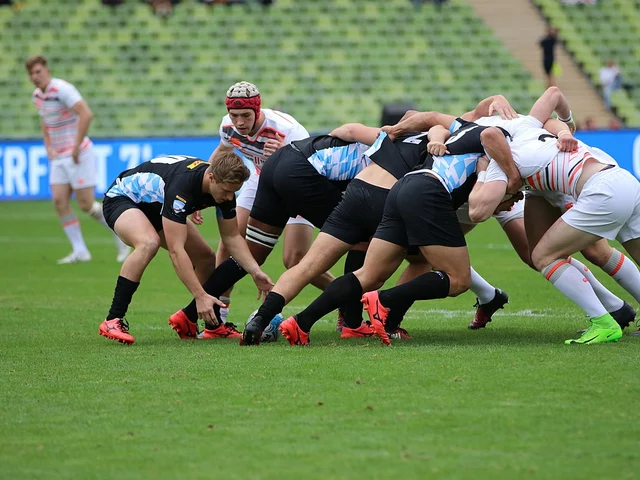What is the difference between sevens rugby and regular rugby?

Understanding the Basics of Rugby
As a rugby enthusiast, I often get asked about the different types of rugby games. Rugby is a thrilling sport with a rich history, and there are different forms of it. The two most popular forms are regular rugby, also known as Rugby Union, and Sevens Rugby. Let's delve into the basics of these two fascinating variations.
An Introduction to Regular Rugby
Regular rugby, or Rugby Union, is the original form of the sport. It is typically played with 15 players on each team and can last up to 80 minutes. The game is divided into two halves, with a brief 10-minute intermission in between. The playing field, known as the pitch, is quite large, generally around 100 meters long and about 70 meters wide. This format of rugby requires a great deal of endurance and strength, as the game involves a lot of physical contact and running.
The Thrill of Sevens Rugby
Sevens Rugby, on the other hand, is a faster and more intense version of the game. As you might guess from the name, each team has only seven players. Matches are also much shorter, typically lasting 14 minutes with two seven-minute halves. The pitch size is the same as in regular rugby, but with fewer players, there’s more space to move and speed becomes a more crucial element. Sevens rugby is an exhilarating game that often results in high scores and exciting plays.
Comparing the Rules: Regular Rugby vs Sevens Rugby
The rules of the two games differ quite a bit. In regular rugby, each try (similar to a touchdown in American football) is worth 5 points, with an additional 2 points awarded for a successful conversion kick. In sevens rugby, tries are still worth 5 points, but successful conversion kicks are worth only 1 point. The scrum, a method of restarting play, involves 8 players in regular rugby, but only 3 in sevens rugby due to the smaller team size.
The Tactics: Different Approaches to the Game
Tactical approaches also vary greatly between the two forms of rugby. In regular rugby, the focus is often on power and control. Teams strategically advance the ball, aiming to wear down the opposition’s defenses. In sevens rugby, speed and agility are paramount. Quick passes and rapid breaks often lead to scoring opportunities. Sevens rugby is a game of lightning-fast decisions and breathtaking runs.
Popularity and Tournaments
Both forms of rugby enjoy worldwide popularity, but they each have their own premier tournaments. The Rugby World Cup is the pinnacle of regular rugby, featuring the top international teams in a month-long competition. Sevens Rugby has its own World Cup, but it also features in the Commonwealth Games and has been included in the Olympic Games since 2016. This has significantly boosted the popularity of the sevens format.
Player Skills and Physical Demands
The skills and physical demands also differ between regular and sevens rugby. Regular rugby players need to have strength, endurance, and power to cope with the physical nature of the game. They need to be able to hold their ground in scrums and tackle powerfully. Sevens players, on the other hand, need to be extremely fit and fast. They need to have excellent ball-handling skills and the ability to make quick decisions under pressure.
Choosing Between Regular Rugby and Sevens Rugby
If you’re new to rugby and trying to decide which form to follow or play, the choice between regular and sevens rugby will likely come down to personal preference. If you enjoy longer, more strategic games with a lot of physical contact, regular rugby might be for you. If you prefer a fast-paced, high-scoring game where speed and agility are paramount, you might enjoy sevens rugby. Either way, both forms of the game offer plenty of excitement and enjoyment for players and spectators alike.


Post a Comment
Your email address will not be published. Required fields are marked*